The History of Hachiman Deity Worshipped at Usa Jingu Shrine, Protecting Japan and Samurai
Usa Jingu is the head shrine of approximately 460,000 Hachimangu shrines, out of a total of 110,000 shrines in Japan. This makes it the largest number in Japan. The three major Hachimangu shrines are Usa Jingu in Kyushu, Hakozakigu in Kyushu, and Iwashimizu Hachimangu in Kyoto. The deity worshipped at Usa Jingu Shrine, Hachiman Omikami, or the 16th Emperor Ojin, is a mysterious figure who has been protecting Japan since ancient times as the national deity. Why are there so many Hachimangu shrines in Japan? And how did the Hachiman deity become the national deity? Let's explore the history of Usa Jingu Shrine.
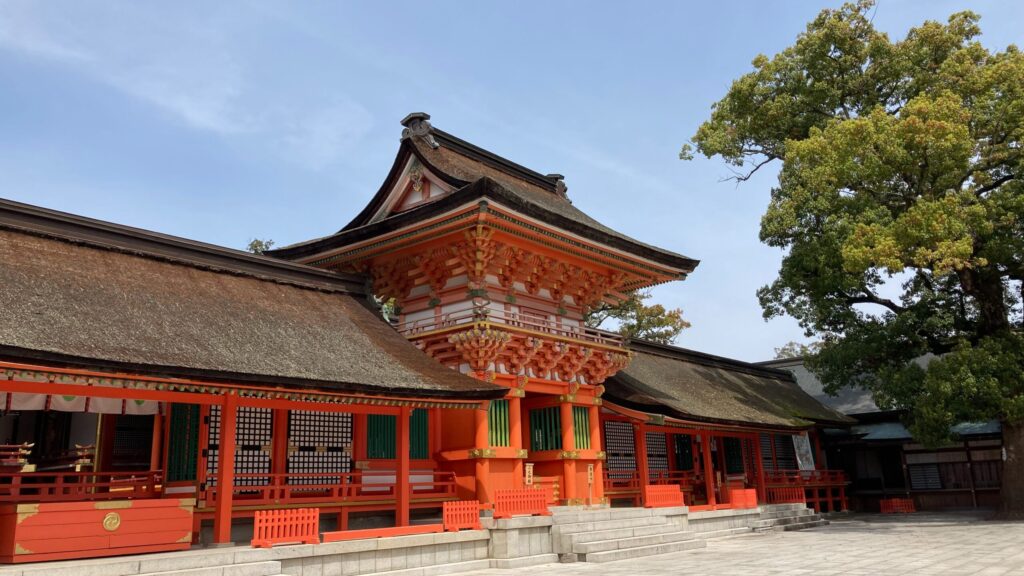
Usa Jingu Enshrines the Spirits of Emperors Who Lie In the Largest Forward-rectangular Burial Mound in Japan
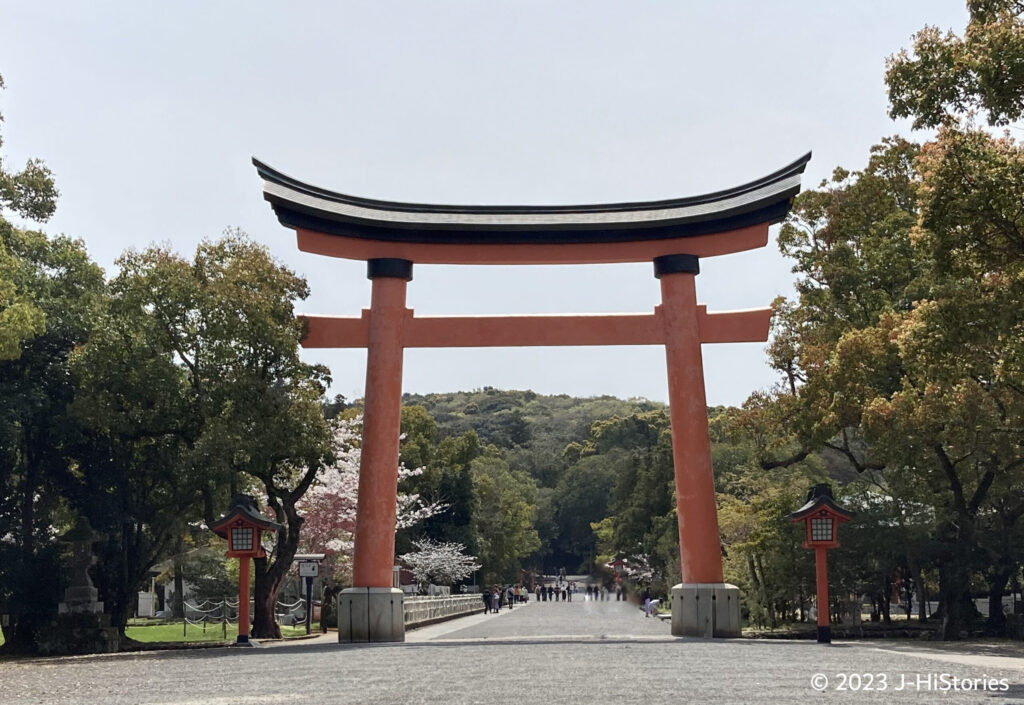
Upon passing through the vibrant vermilion Otorii gate, visitors are led into the Hachiman-zukuri-shaped Main Hall, a National Treasure featuring a distinctive form of two interconnected buildings. The vermilion-lacquered pillars of the main shrine stood out against the greenery of a camphor tree, a National Natural Monument estimated to be 800 years old, approximately 30 meters high, and with a trunk circumference of 5 meters. In the main shrine, the spirit of the 16th Emperor Ojin is enshrined as the Hachiman Deity. The Shimomiya sub-shrine enshrines his mother, Empress Jingu, and the Wakamiya sub-shrine enshrines his son, the 17th Emperor Nintoku. Takeuchi Sukune, a loyal retainer who served them, is also enshrined at the Kurootoko sub-shrine, located on the right after passing through the Otorii Gate as if to protect the spirit of these deities. Emperors Ojin and Nintoku are buried in the enormous burial mounds of the Mozu Furuichi Kofun (Tumuli) Group, a World Heritage Site, in Sakai City. Emperor Nintoku's mausoleum, in particular, is the largest forward-rectangular burial mound in Japan. It seems to represent the power of the Hachiman Deity, who saved the country with his divine authority during times of national crisis.
Birth of the Hachiman Deity
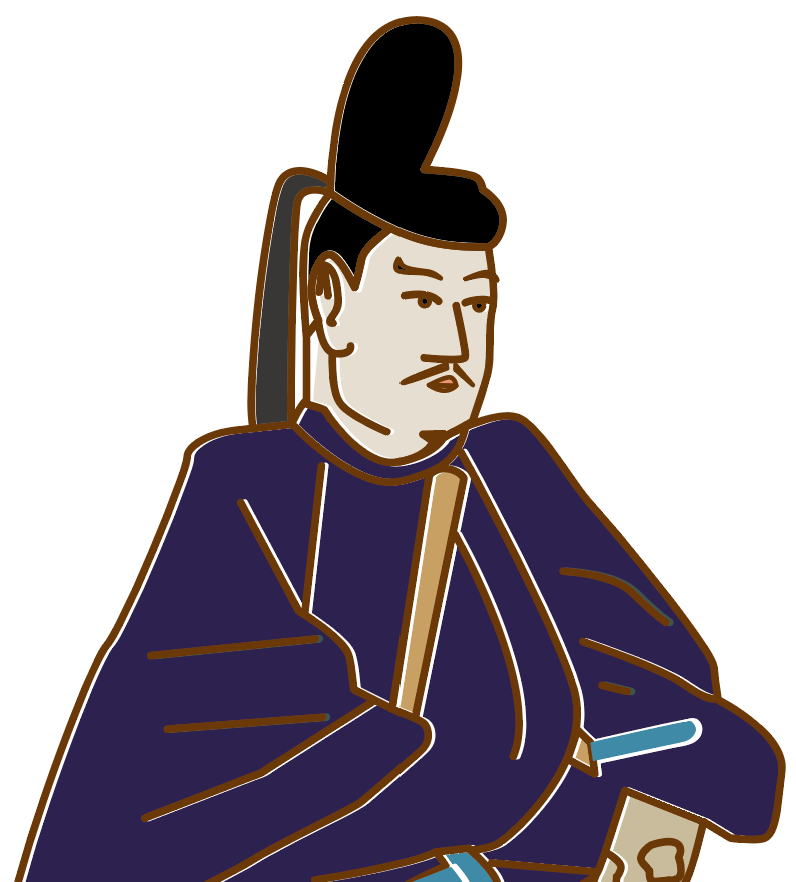
In the Nara Period (710-794), the Great Buddha statue was established in the center of the capital at Todaiji Temple by the 45th Emperor Shomu (701~756, 聖武天皇). The construction required approximately 2.6 million people, about half of the national population at the time. It was a series of hardships due to the need for advanced casting and huge construction technology. In particular, there was a serious shortage of copper, so the construction did not go ahead as planned. In his distress, Emperor Shomu received an oracle from the Hachiman Deity that he would surely succeed in constructing the Great Buddha. As proof of this, the Kaharu area, where Usa Jingu Shrine is located, was one of the leading copper-producing regions in ancient times and was also an area where people with copper extraction and copper-making skills concentrated. December 27th, 749, once the construction of the Great Buddha was completed, a female priestess of the Usa Jingu Shrine arrived at Todaiji Temple from far away in Kyushu, riding on the same noble purple carriage as that of emperors. After that, the Hachiman Deity was enshrined at Tamukeyama Shine in Todaiji Temple as its guardian deity. This was the moment when Hachiman Deity became a national deity.
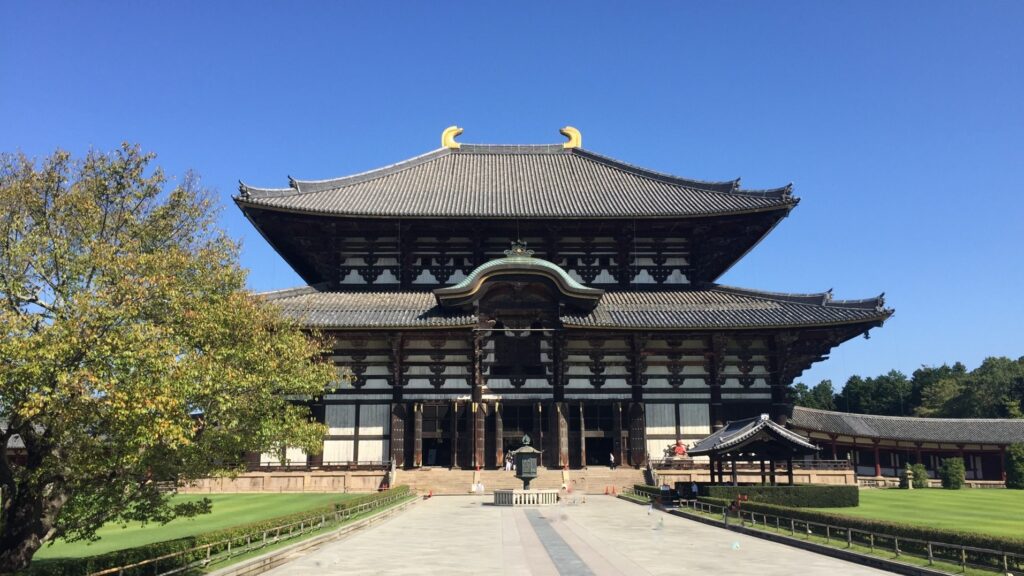
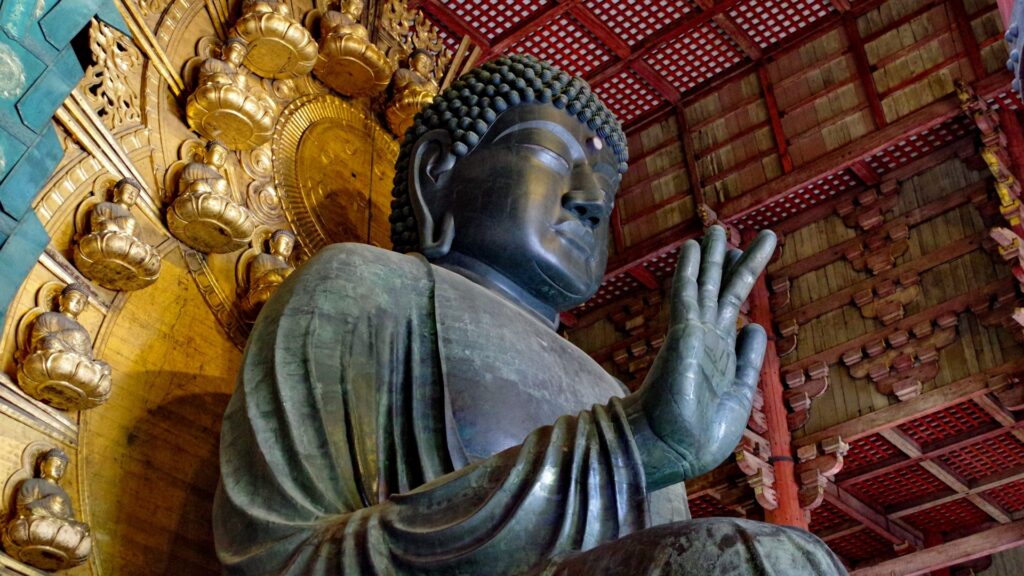

Hachiman Deity, the Patron Deity of Samurai

At the emergence of the Samurai in the 12th century, Minamoto Yoritomo (1147~1199, 源源頼朝), the head of the Minamoto clan, established the Kamakura shogunate (1185-1333), the first samurai government in Japanese history, and was appointed to the Shogun in 1192. Five years ago, he raised a battle cry in front of the Hachiman Deity at the Tsurugaoka Hachimangu Shrine in Kamakura, and began his march to defeat the enemy, the Taira clan. Yoritomo’s army fought bravely and strategically here and there at Ichinotani, Yashima, and Dan-no-Ura, finally defeating the Taira clan. Here, Hachiman Deity became the tutelary deity of the Samurai. After that, many Hachimangu Jingu Shrines were established by Samurai to pray for their victories.
Hachiman Deity, the Power of Virtue, Succeeded in Retreating From the Mongolian Invasion
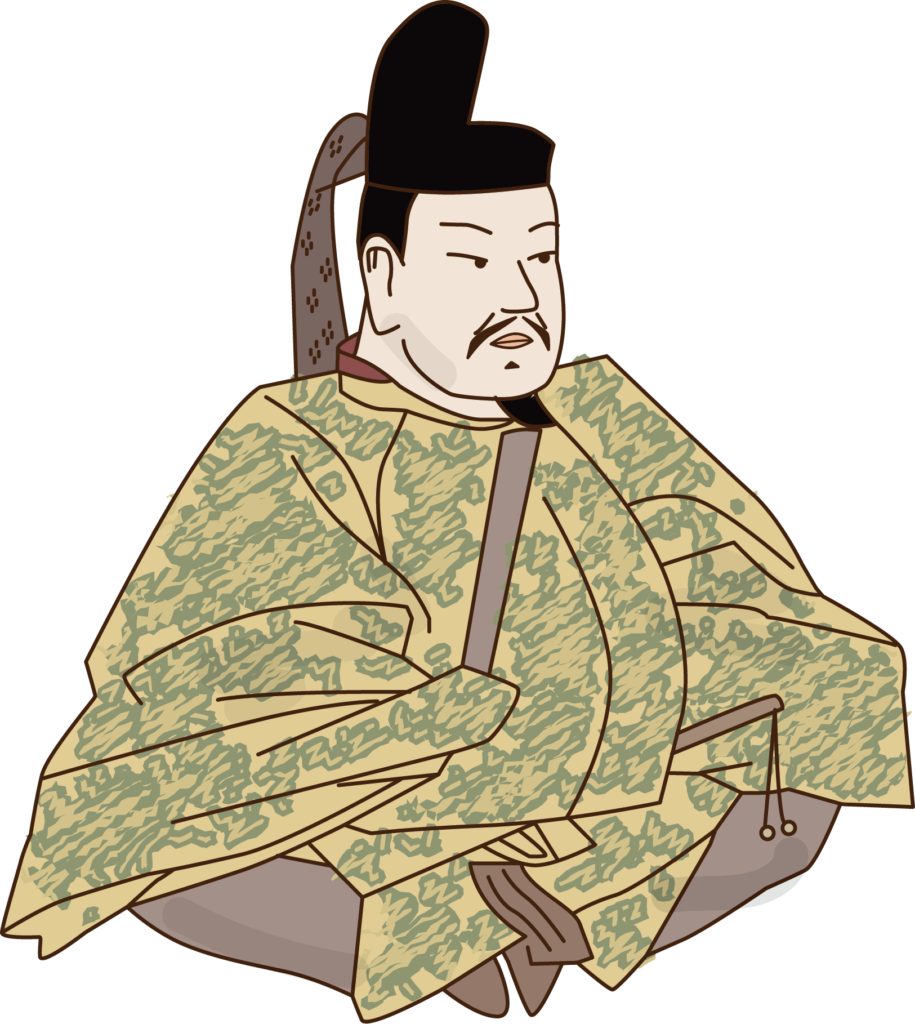
During the 13th century, the Mongol Empire rapidly expanded its power across the world and launched a fleet of 900 ships and 40,000 vessels, the largest navy in the world at that time, to invade Hakata Bay in Kyushu in 1274 and 1281. In response to the national crisis, the handwritten petition of the 90th Emperor Kameyama (1249-1305, 亀山天皇), “敵国降伏”, was hung at Hakozakigu Shrine Gate. It meant that the royal road was not forcing the opponent to surrender by force of arms, but rather to guide the opponent with the power of Deity and Buddha, in other words, the power of virtue, so that the opponent would surrender their own accord. He also visited Iwashimizu Hachimangu Shrine to pray for the expulsion of the nation's enemies by reciting sutras and performing Kagura, or Shinto music and dance. The samurai warriors, led by the regent Hojo Tokimune, successfully repelled the Mongolian navy with the blessing of the Hachiman Deity. Since then, Hachiman Deity has become the guardian deity of the nation.
Hachiman Deity of A Mystery
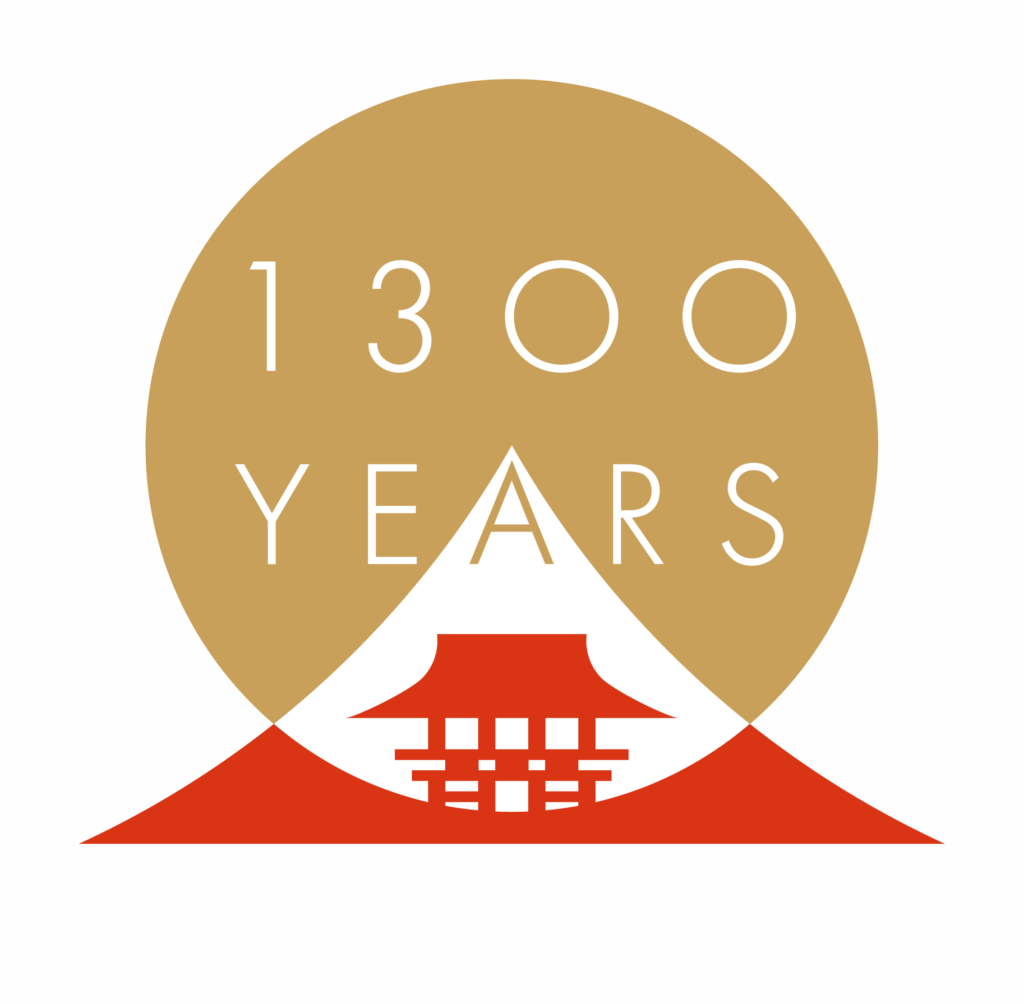
The origin of the Hachiman Deity is not precisely known, but there is a tradition that he manifested himself one day in a pond at the Usa Jingu Shrine. In any case, the Hachiman Deity has been protecting the nation of Japan, the Imperial Family, and Samurai, and people's peace and prosperity for more than 1,300 years. Please enjoy the three major Hachimangu Shrines and Tsrugaoka Hachimangu Shrine, praying for the prosperity of your family, friends, and the world by feeling the power of the Hachiman Deity. 2025 is the year of the 13,00 years anniversary of the founding.
Recommendations to visit
- Access from Oita Airport: 1 hour to the Usa Jingu Shrine. Take the limousine bus bound for "Makatsu, Usa, or BungoTakada (中津・宇佐・豊後高田)”. Get off at "Usa Hachiman (宇佐八幡)" bus stop.
- Access: 1 hour from JR Kokura Station or 40 minutes from JR Oita Station on the JR Nippo Main Line (日豊本線). Get off at Usa Station (宇佐). Take the Oita Hokubu bus bound for Yokkaichi (四日市), then get off at the Usa Hachiman bus stop.


